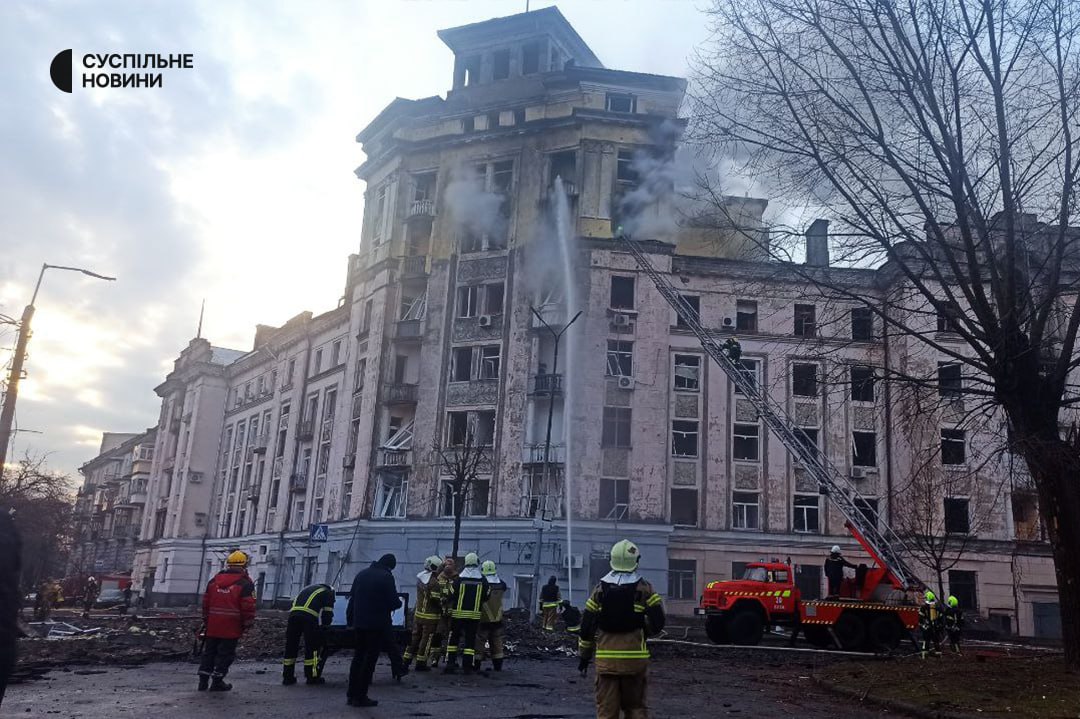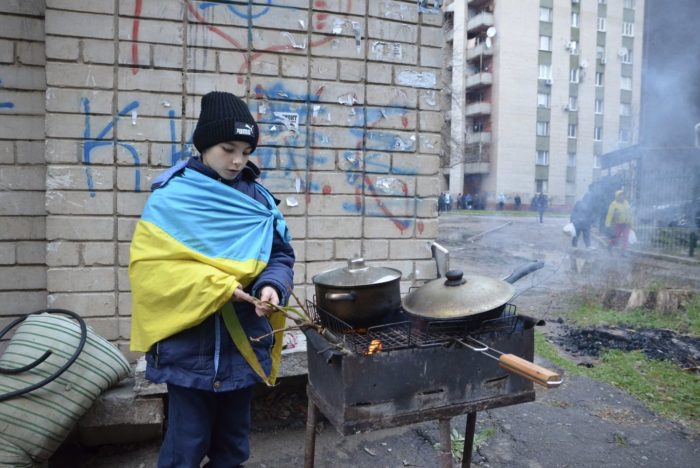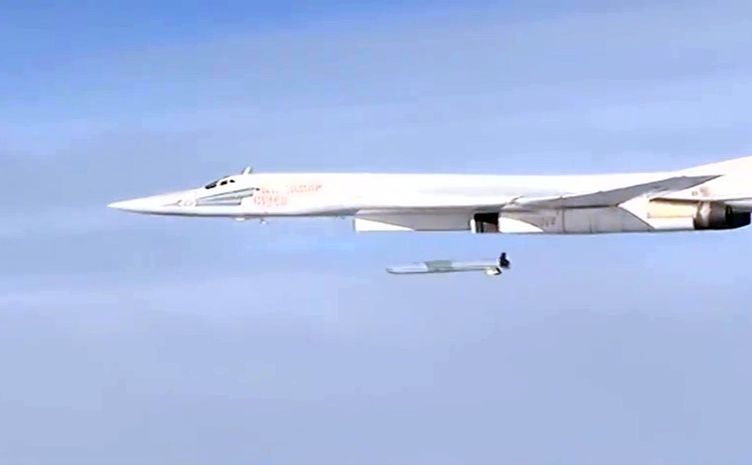On 21 March, Russia conducted its first major Long Range Aviation strike on Ukraine in over a month, targeting Kyiv with at least 20 missiles, including premier air-launched cruise and ballistic missiles. The pause in strikes, which lasted 44 days, is believed to be due to fleet management and planning issues exacerbated by sanctions, the UK Defense Ministry says in its intelligence update.
Despite these challenges, Russia will almost certainly continue conducting stand-off strikes against critical locations in Ukraine as their aircraft, crews and weapons stocks allow, as per the Ministry’d report. These strikes are an attempt by Moscow to maintain pressure on the Ukrainian government and population through their remaining long-range strike capabilities.
The British Defense Ministry wrote:
- On 21 March 2024, Russia conducted its first major Long Range Aviation (LRA) strike against Ukraine in over a month. The strike force included at least 10 Tu-95 BEAR-H aircraft operating from Olenegorsk and Engels airbases as well as MiG-31 FOXHOUND fighters. At least 20 missiles (including Russia’s premier AS-23a KODIAK air launched cruise missile and the AS-24 KILLJOY air launched ballistic missile) were launched, targeting locations primarily in Kyiv. It had been 44 days since the previous aviation strike on Kyiv.
- It is a realistic possibility that the month-long pause in LRA strikes was due to aircraft fleet management and planning issues. Sanctions have likely restricted Russia’s ability to access key components for both aircraft and missiles alike. Continued Ukrainian air defence successes have also likely complicated Russian mission planning.
- Russia will almost certainly continue strikes against critical locations as aircraft, crews and weapon stocks allow, attempting to maintain pressure on the Ukrainian government and population via its stand-off strike capability. This is symptomatic of a prolonged campaign where tactical air, such as fighter aircraft and helicopters, continues to have limited impact on the overall conflict.
On 22 March, Russia carried out a massive air attack on Ukraine’s power grid, causing outages in seven regions.
Read also:
- Ukrenergo: Power outages in Ukraine’s seven regions due to Russian air attack on energy grid
- Russia targets Ukraine’s energy infrastructure: explosions rock multiple cities in Ukraine (updates)
- Russia fired 151 drones and missiles, Ukraine downed 92 aerial targets this morning
- Dnipro hydroelectric plant out of service after Russian missile attack
- 13 injured as all 31 Russian missiles aimed at Kyiv downed this morning








